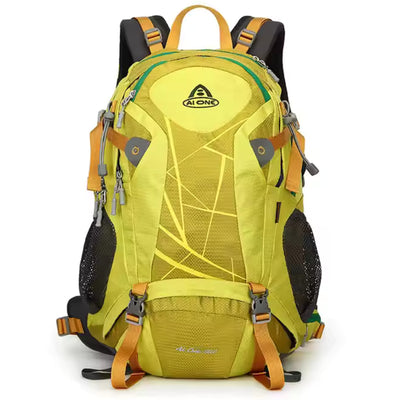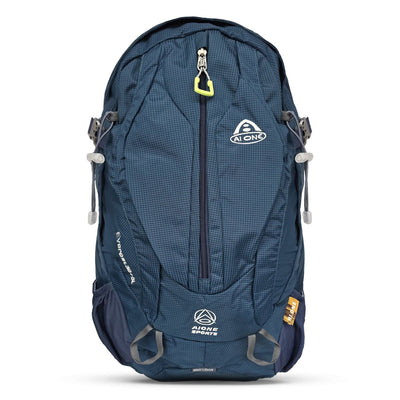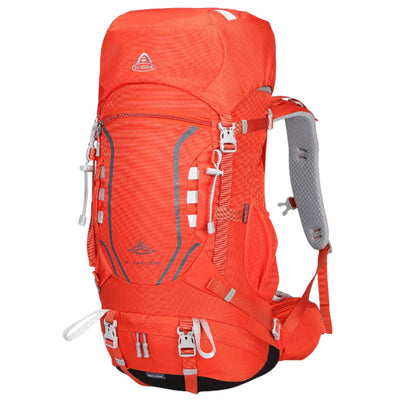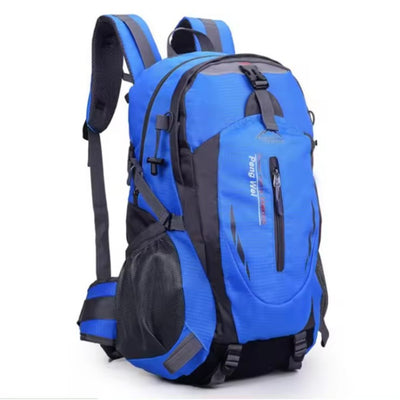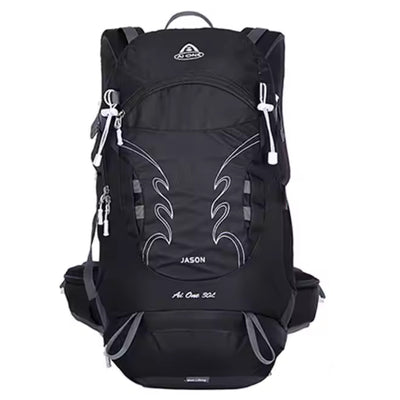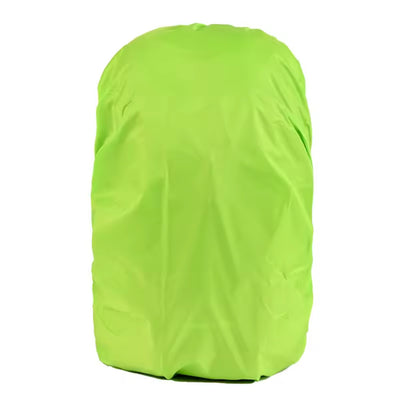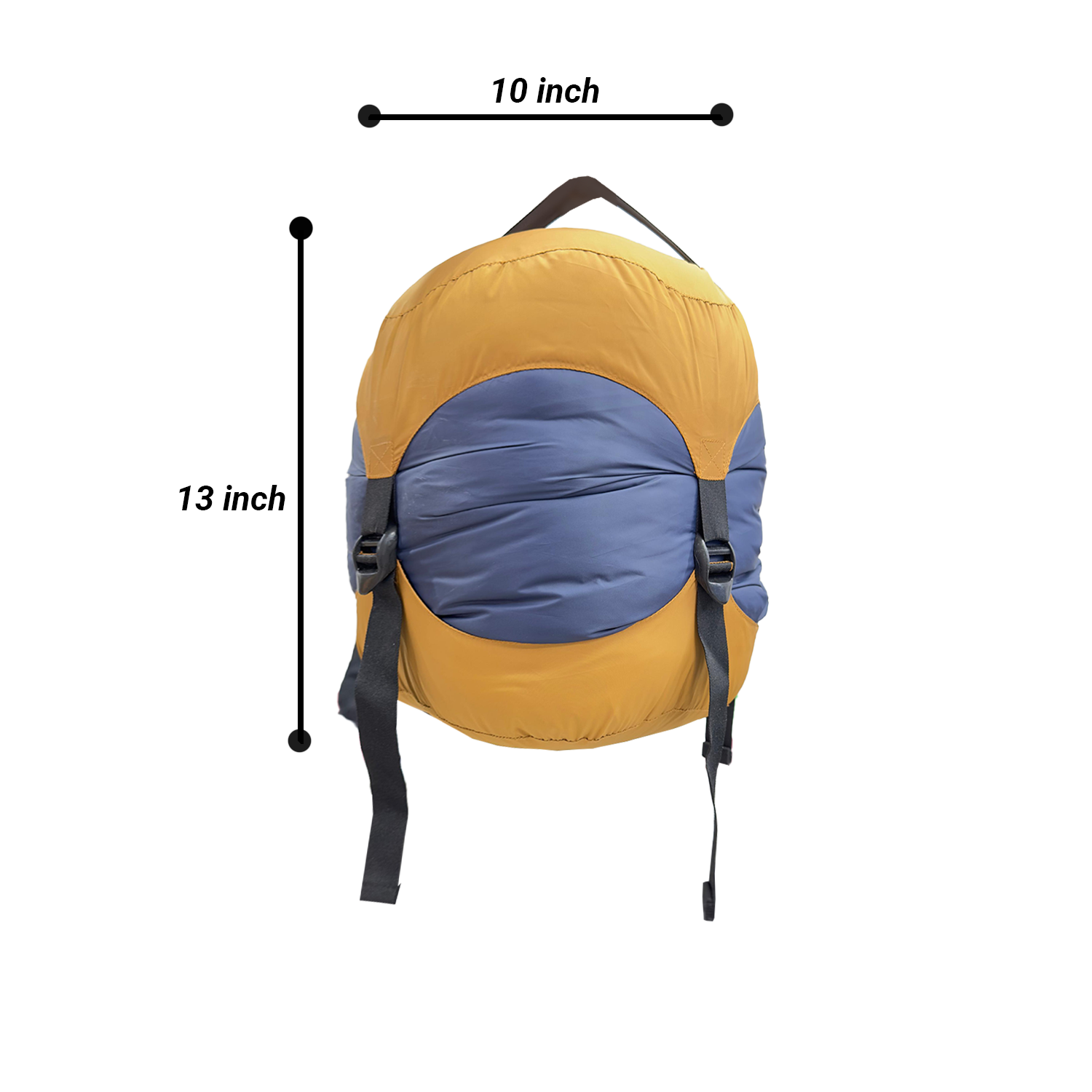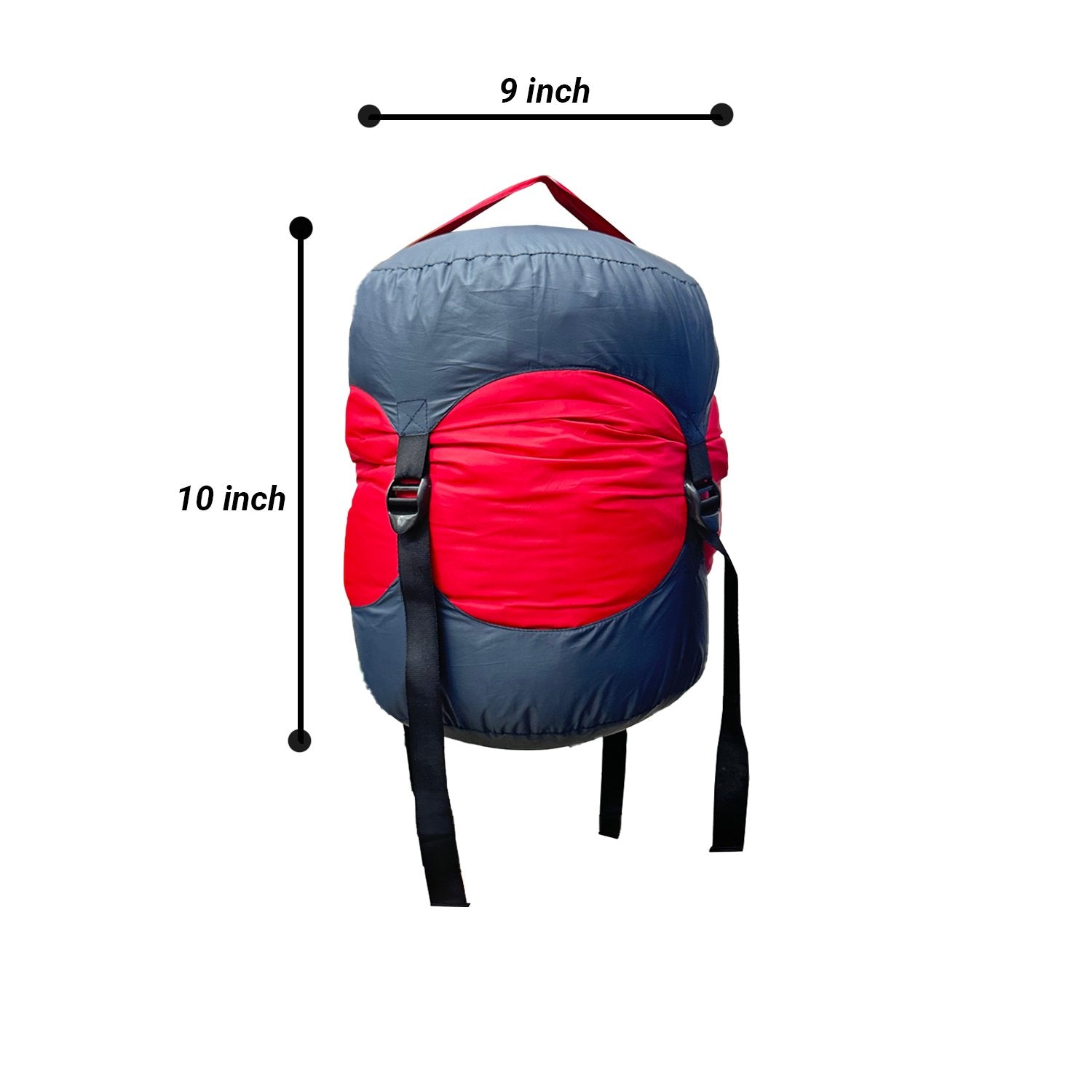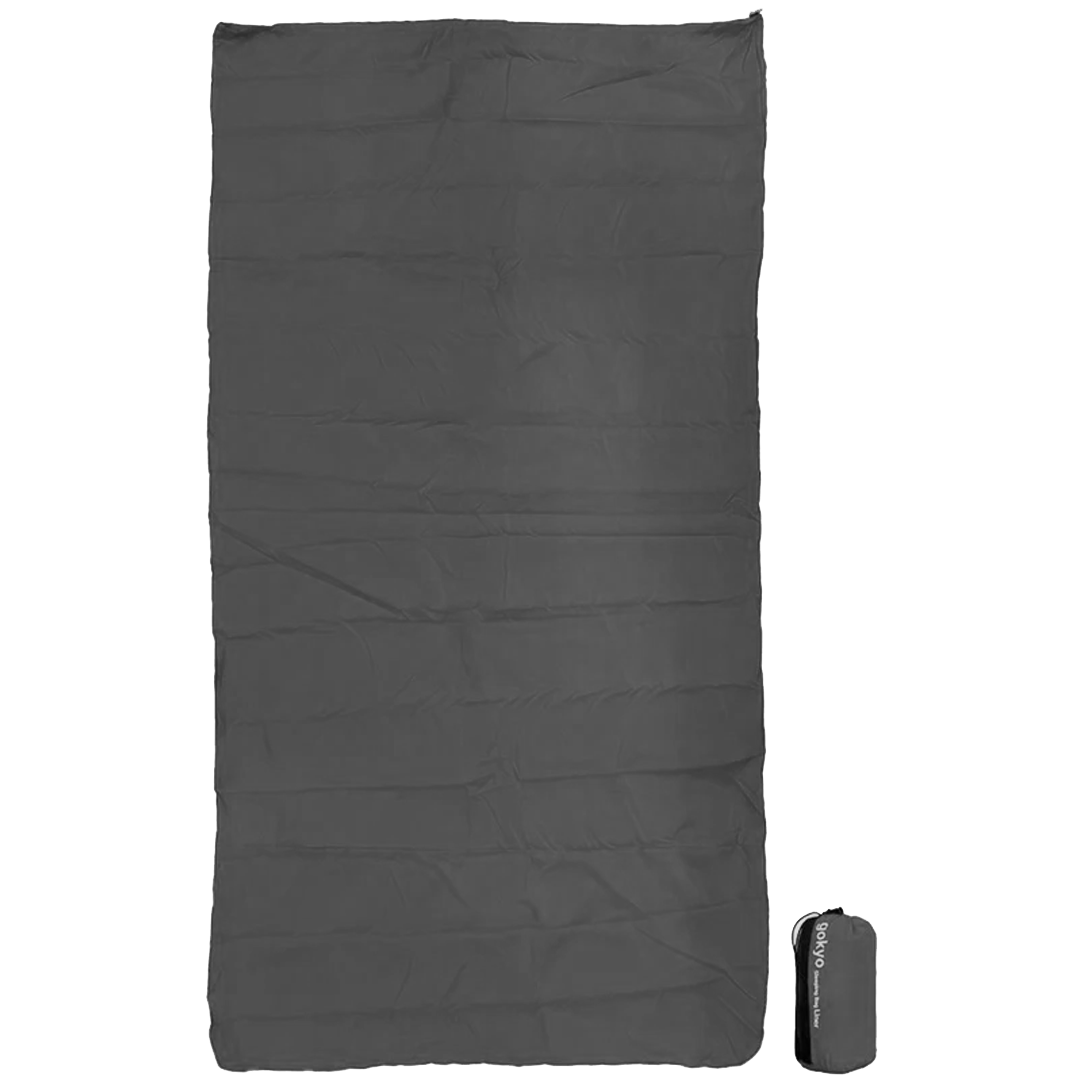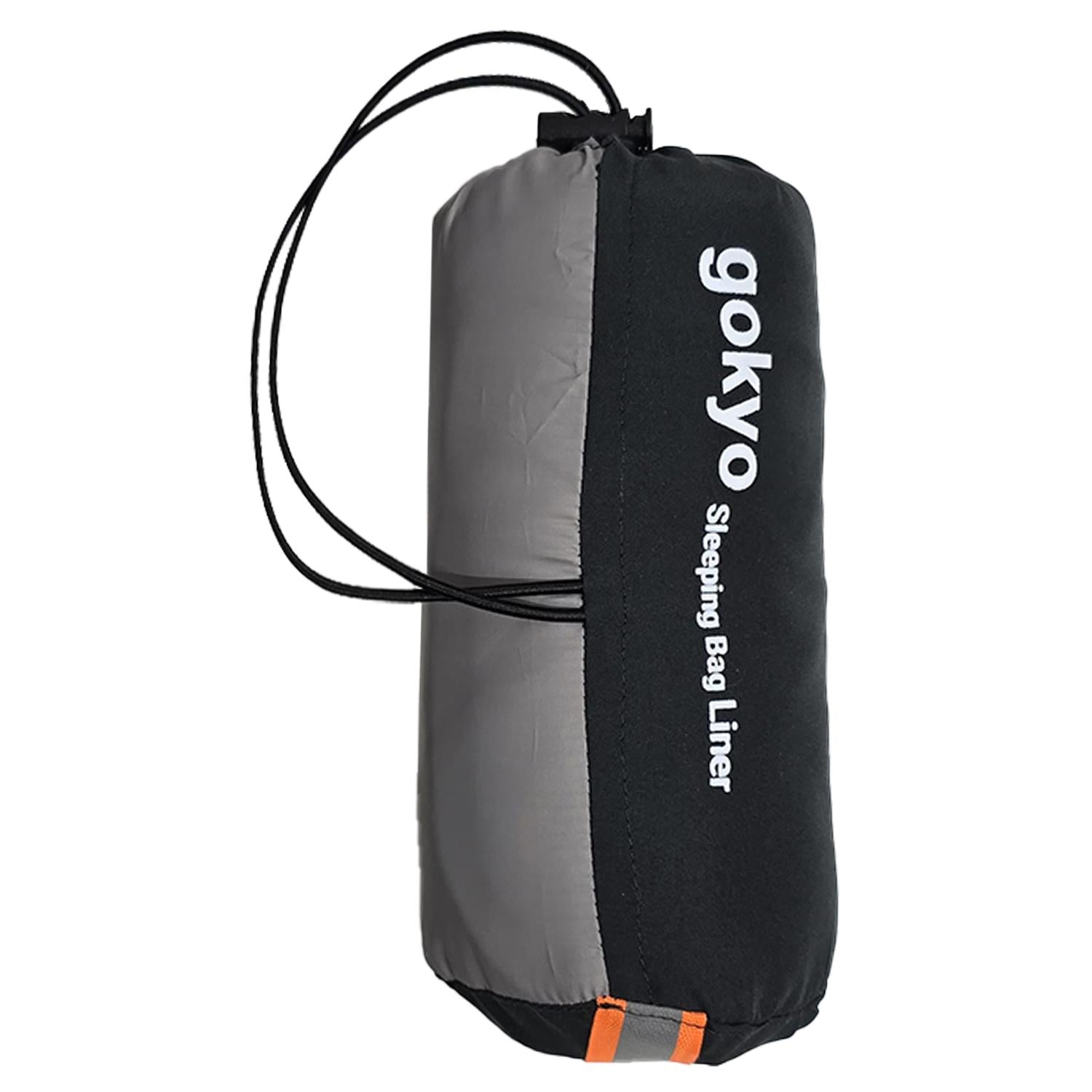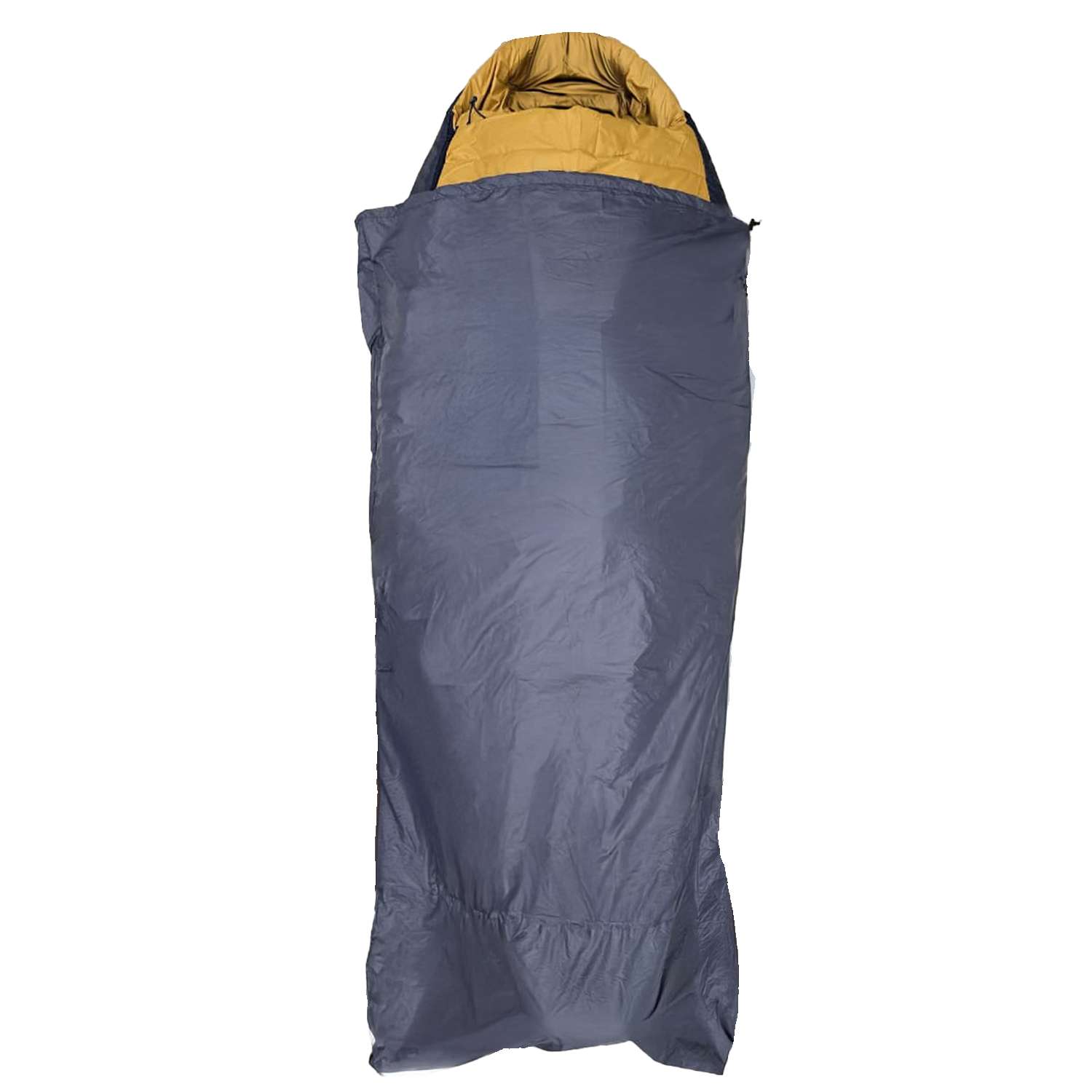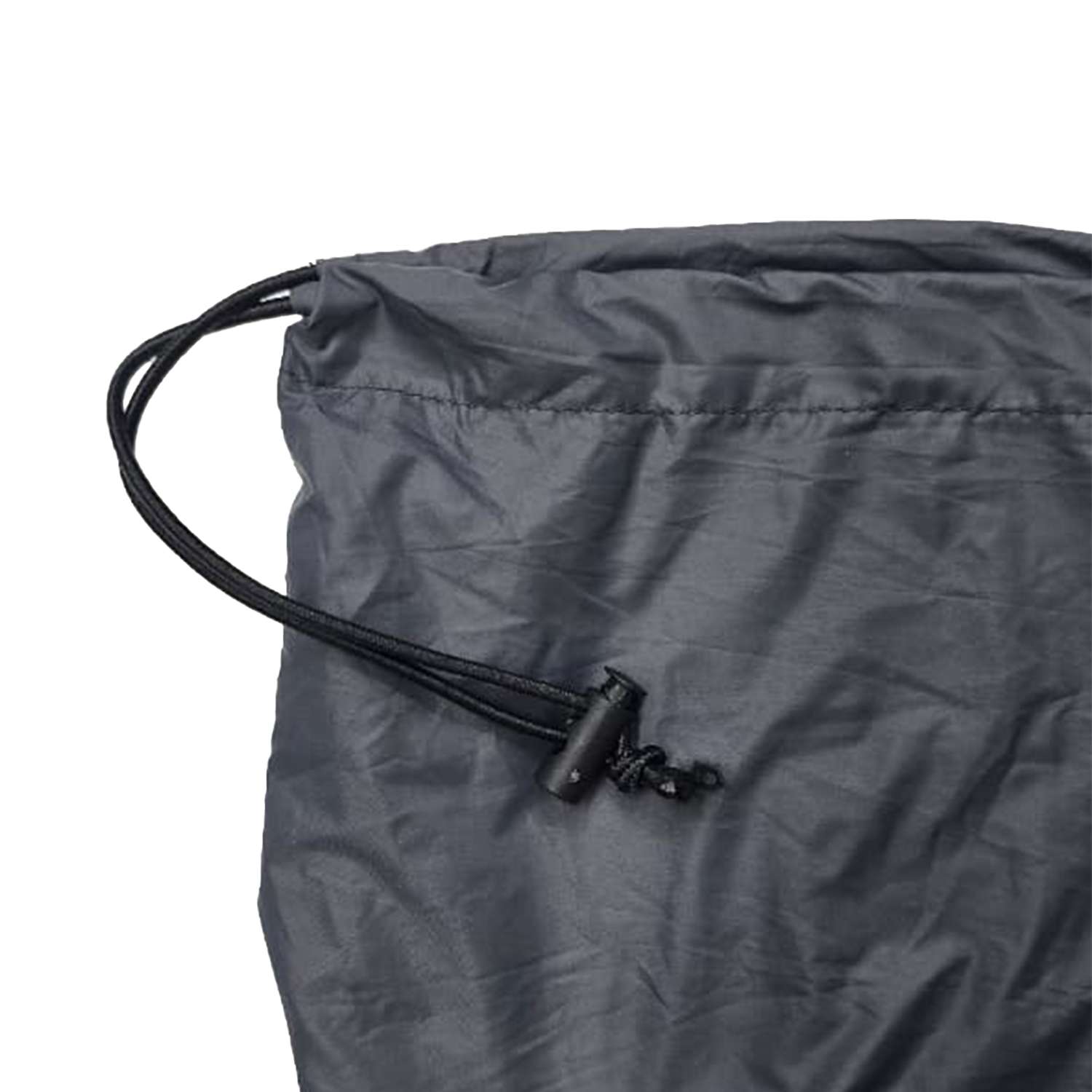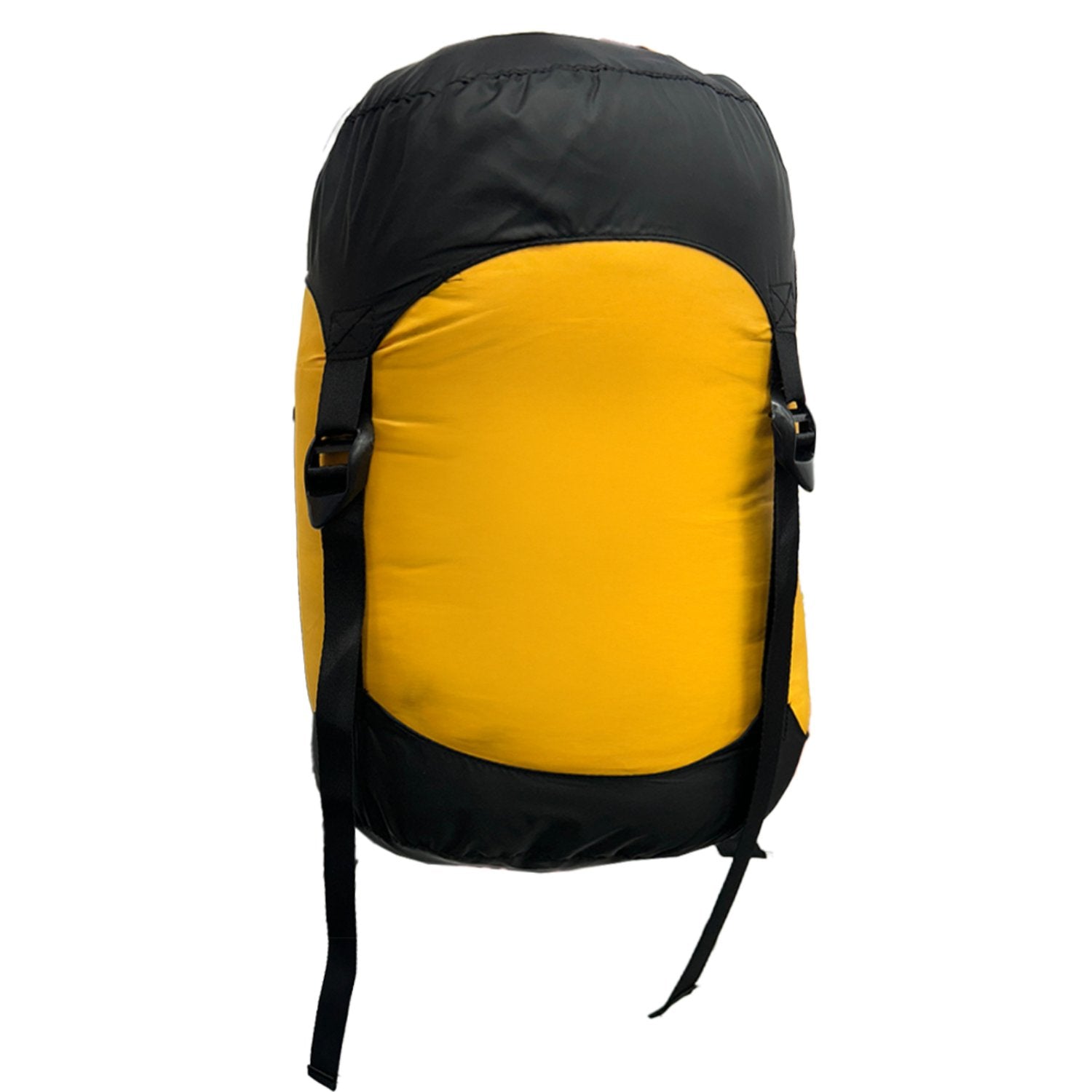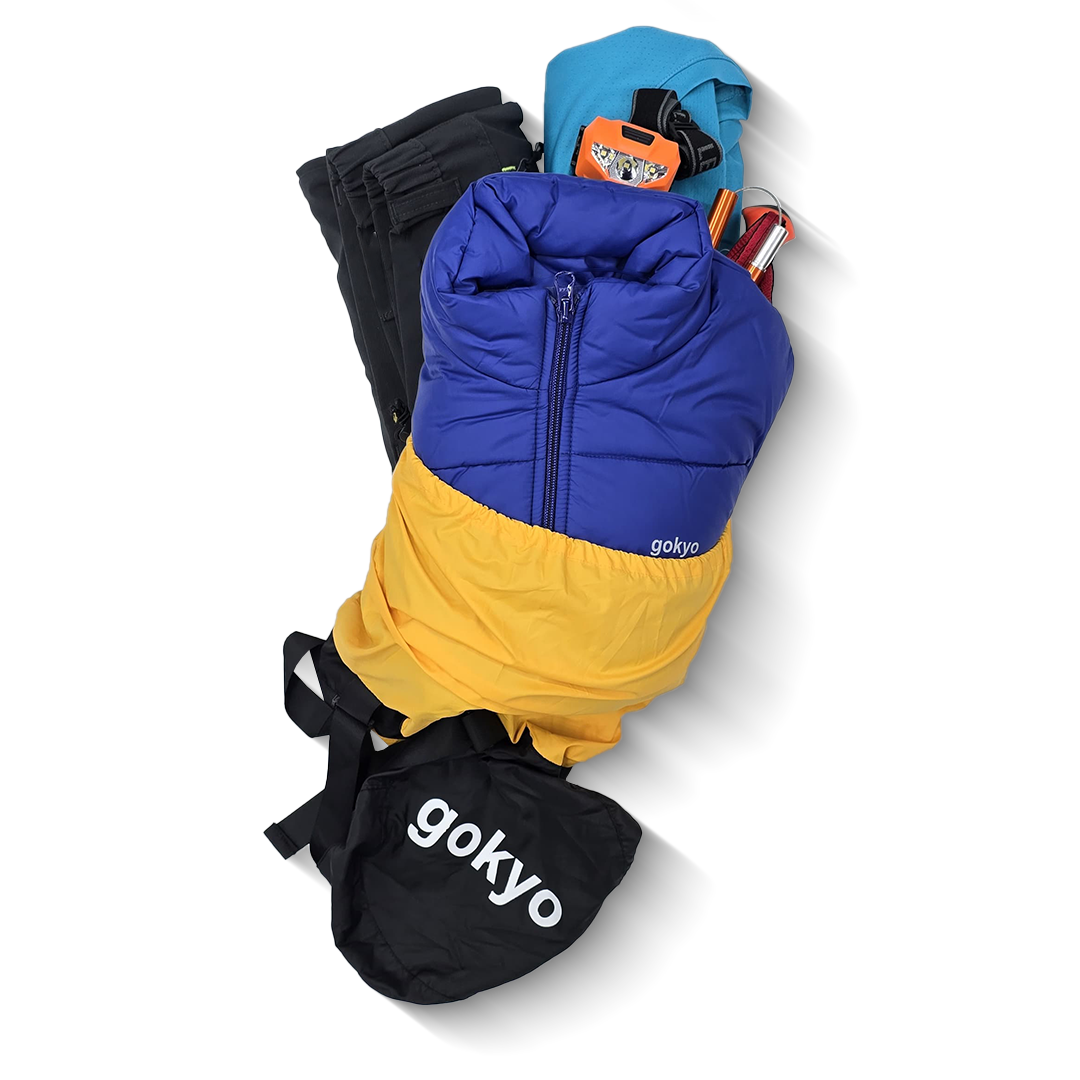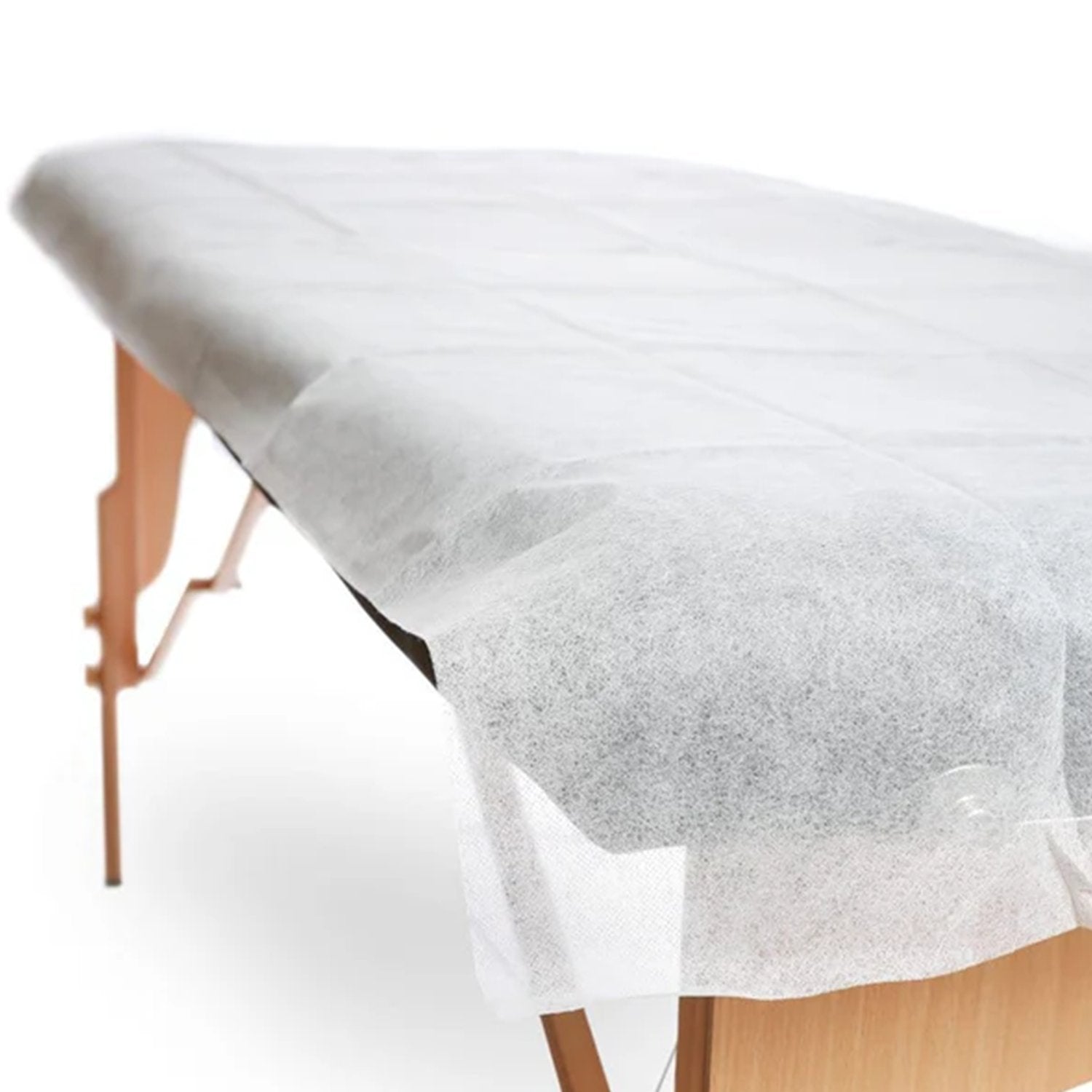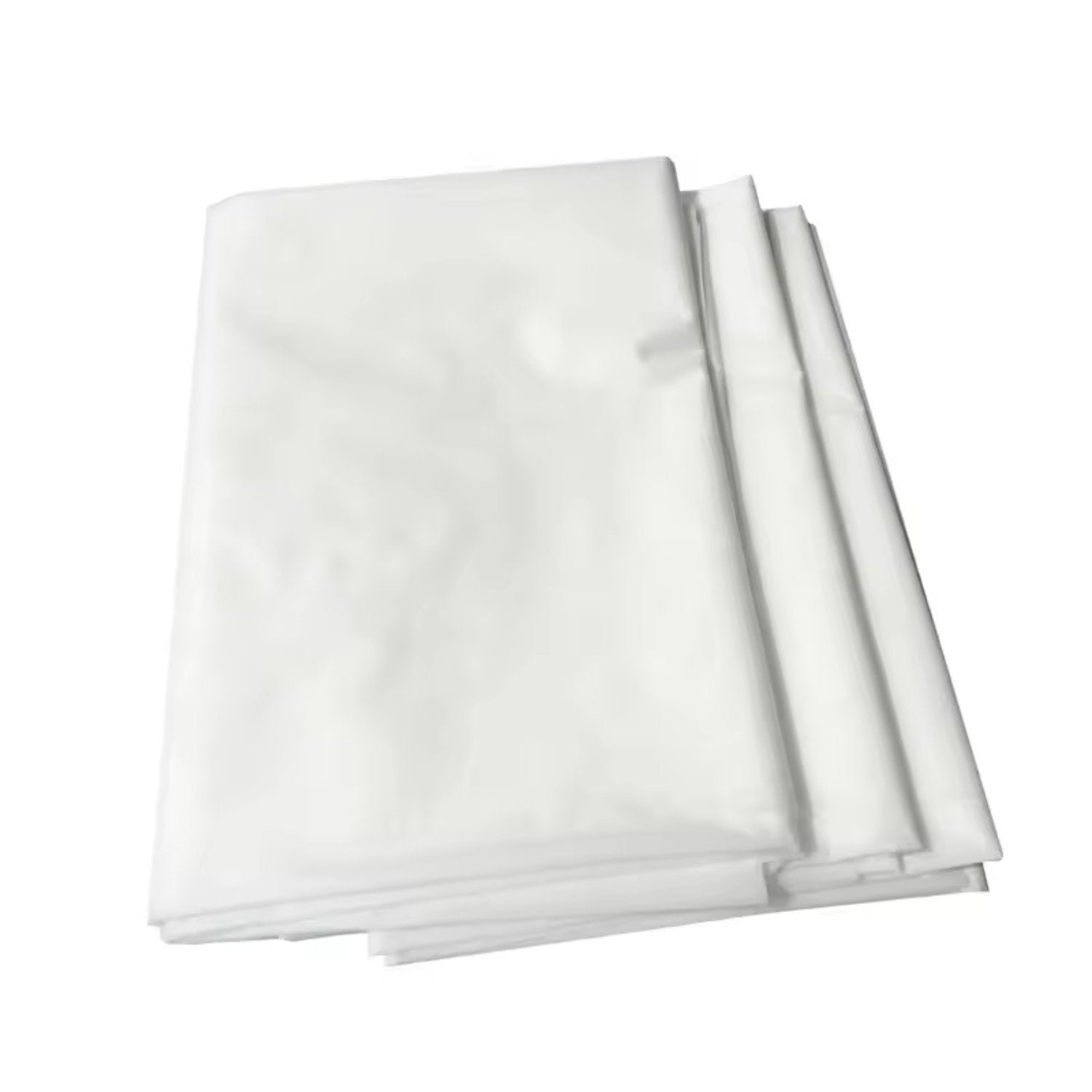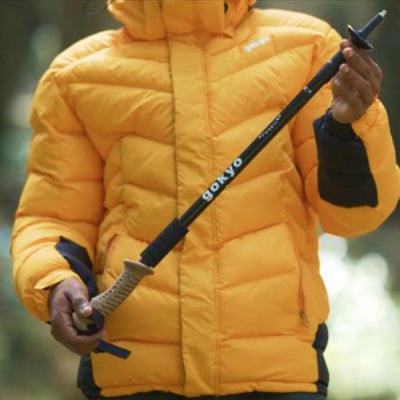When it comes to outdoor activities and trekking, things that are extremely important in the gear are sleeping bags. It is crucial that we look after it since it supports you and keeps you comfortable. While using them during any trek, our sleeping bags tend to face wear and tear. To protect them from getting damaged further, we must properly get any tears fixed. Gokyo has brought you all a comprehensive guide to make your sleeping bags live longer.
Why proper storage and packing matter:
- To maintain insulation: No matter if your sleeping bag is synthetic or down, it is important to maintain its insulation to let it work efficiently. Storing your sleeping bags too tight can hinder the insulation and eventually, its ability to trap heat.
- Avoid moisture buildup: Moisture invites mold and it is the last thing you want in your sleeping bags. Keep it dry and cold so that the fabric does not get damaged.
- Maximise lifespan: Sleeping bags are a big investment. That is why it is important to take care of them to maximize their lifespan.
How to pack your sleeping bags:
- For short-term: While packing for a trip, you tend to pack compact and light. But make sure that you do not end up damaging your sleeping bags to pack compact. While packing a down-sleeping bag, make sure you stuff it gently since it is sensitive to compression. Whereas, for synthetic bags, you can go a little harsh, but not too harsh or they can lose their insulation. If you're worried about overcompressing your bag, opt for a larger stuff sack. It will take up more space in your pack but won’t squish the bag as much, preserving loft and warmth.
- For long-term use: For a long trip, it is not at all suggested to store your sleeping bags crumpled in a short space. It can cause irreparable damage. Use a large storage sack that is breathable and specially designed for storing sleeping bags. For down sleeping bags, use a cotton or mesh sack, which keeps the air flowing while preventing moisture from accumulating. While packing a synthetic sleeping bag, you can simply hang it in the closet if you do not have a designated sack for it. You can even pack in the mesh or cotton sack. If you don’t have a large sack, hang the sleeping bag in a closet on a sturdy hook or wide hanger to keep it from being compressed. This will allow it to keep its loft and shape over time.
How to Store Your Sleeping Bag for Long-Term Use:
Storage plays an important role in expanding the lifespan of your sleeping bags. The trekking gear is a little sensitive to small spaces. Therefore, keep them in a breathable space.
- Store in a large storage sack: Avoid cramping your bags and store them in a good space. Keep the storage sack breathable.
- Store in a cool, dry place: Avoid storing your sleeping bag in a hot or humid environment. Moisture and hot temperatures can cause mold and might break the insulation as well.
Recommended Trekking Gear for Best Performance
Conclusion
Maintaining your trekking gear is essential for you to have the best experience while traveling. Keep yourself equipped with everything essential and make sure they are ready to use. Surf Gokyo to get all the essentials, from crampons to trekking tshirt.
Explore Our Best Trekking T-Shirts for Outdoor Adventures
Frequently Asked Questions (FAQs) :
1. What are the best ways to prevent moisture buildup in sleeping bags?
Storing your sleeping bags in a cool and dry place prevents moisture buildup.
2. What’s the difference between packing down and synthetic sleeping bags?
Downbags are very compression-sensitive, while synthetic bags can bear some compression.
3. Can I use a regular plastic bag for long-term sleeping bag storage?
No, regular sleeping bags should be stored in storage sacks.
4. What type of storage sack is ideal for down sleeping bags?
A cotton or mesh storage sack is ideal for down sleeping bags since it keeps the air flowing.
5. Can I hang my synthetic sleeping bag in a closet for storage?
Yes, synthetic sleeping bags can be hung in the closet.
6. How do I ensure my sleeping bag remains breathable during storage?
Storing it in a cotton or mesh sack makes sure that the sleeping bag remains breathable.


